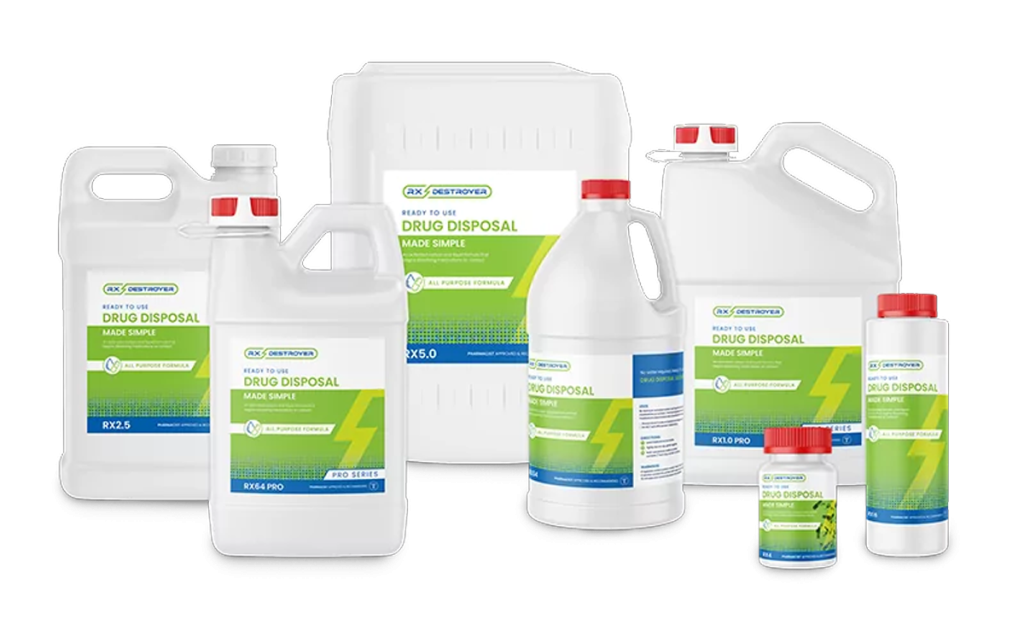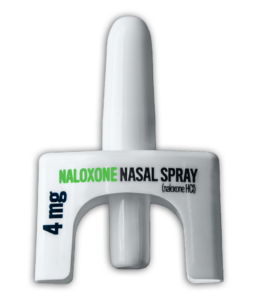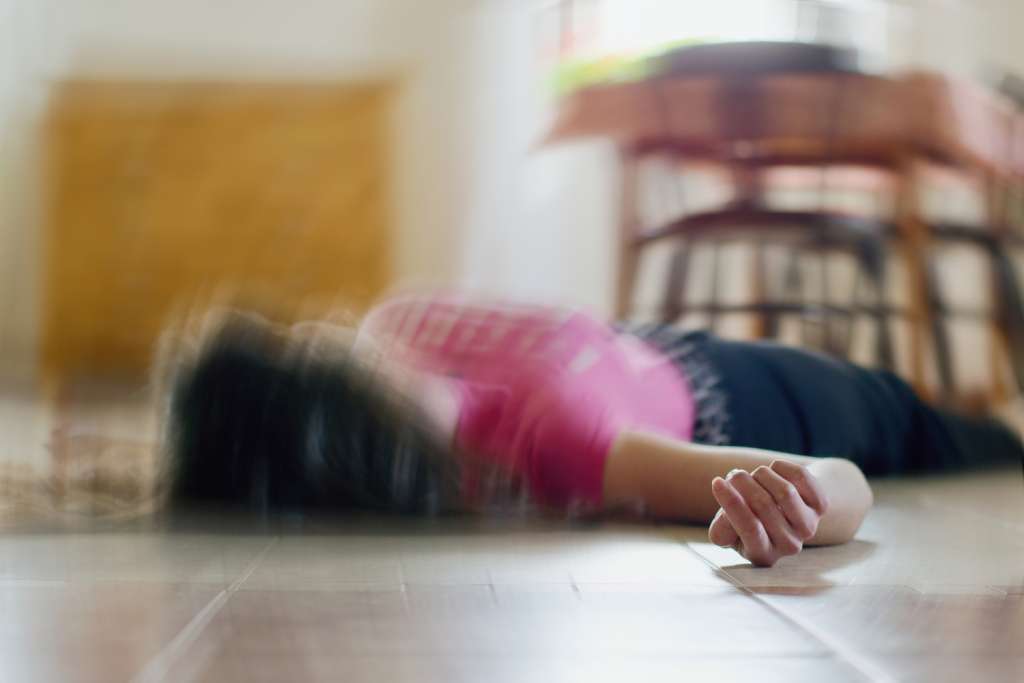PREVENT & PROTECT.
It’s risky to allow old, unsecured prescriptions to lurk in your home. Learn about our many ways of disposing medications to prevent them from getting into the wrong hands.

Standing Order for Naloxone
This Standing Order is intended to ensure that residents of the Commonwealth of Pennsylvania who are at risk of experiencing an opioid-related overdose, or who are family members, friends or other persons who are in a position to assist a person at risk of experiencing an opioid-related overdose (Eligible Persons), are able to obtain Naloxone.
Act 139 Good Samaritan Law
Through the Good Samaritan provision of Act 139, friends and loved ones are encouraged to call 911 for emergency medical services in the event an overdose is witnessed. The provision offers certain criminal and civil protections and provides reassurance to the caller that they cannot get in trouble for being present, witnessing and reporting an overdose.
WHAT IS NALOXONE?

Naloxone is a medication approved by the Food and Drug Administration (FDA) designed to rapidly reverse opioid overdose. It is an opioid antagonist—meaning that it binds to opioid receptors and can reverse and block the effects of other opioids, such as heroin, morphine, and oxycodone. Administered when a patient is showing signs of an opioid overdose, naloxone is a temporary treatment and its effects do not last long. Therefore, it is critical to obtain medical intervention as soon as possible after administering/receiving naloxone.
The medication can be given by intranasal spray (into the nose), intramuscular (into the muscle), subcutaneous (under the skin), or intravenous injection.
Signs of an overdose
Recognizing the signs of opioid overdose can save a life.
Here are some things to look for:
- Small, constricted “pinpoint pupils”
- Falling asleep or losing consciousness
- Slow, weak, or no breathing
- Choking or gurgling sounds
- Limp body
- Cold and/or clammy skin
- Discolored skin (especially in lips and nails)
In the majority of cases, fentanyl overdoses appear very similar to other opioid overdoses. However, atypical overdose symptoms due to fentanyl have been reported, including:
- Confusion before becoming unresponsive
- Slowed breathing
- Slowed heart rate
- Blue-tinted lips
- Foaming at the mouth
- Body stiffening or seizure like activity

HOW TO USE NALOXONE
NALOXONE FAQS
Individuals who are concerned about the risk of an opioid overdose, including people who use prescription or illicit opioids, their family members, friends, caregivers, or concerned members of the public should consider having naloxone on hand. This allows individuals to have naloxone available to administer if they witness someone experiencing an overdose
Naloxone is a relatively safe medication when used appropriately to reverse opioid overdose. However, it is important to note that naloxone can cause withdrawal symptoms in people who have had an overdose reversed since they may be physically used to having opioids in their system.
Opioid withdrawal symptoms include agitation, nausea, vomiting, sweating, and elevated heart rate. These symptoms are typically not life-threatening and can be treated. It is important to recognize the signs of opioid overdose and to administer naloxone quickly and appropriately and to follow up with a healthcare professional. The benefits of naloxone use in preventing opioid overdose deaths far outweigh the risks.
Yes. Ensuring ready access to naloxone in schools, including elementary schools, aligns with HHS’ strategic approach to prevent overdose deaths. With naloxone as part of an emergency protocol and readily accessible, a school nurse or other staff members can quickly administer it.5
Administering naloxone to someone who is not experiencing an opioid overdose is safe and generally should not cause harmful health effects. Therefore, if someone is unsure whether an individual is experiencing an opioid overdose or not, it is still recommended to administer naloxone and call 911 immediately. This is because the potential benefits of administering naloxone and potentially saving a life outweigh the risks of not administering it.
The appropriate amount of naloxone to give depends on several factors, including the severity of the opioid overdose, the specific form of naloxone being used, and the individual’s response to the medication.3 In cases where the overdose involves illicitly manufactured fentanyl, which is increasingly common, people may need to administer multiple doses of naloxone to effectively reverse the overdose. Illicitly manufactured fentanyl comes in many different forms, each with varying degrees of strength, making it difficult to determine the exact dose of naloxone needed to reverse the overdose in some cases. It is essential to follow the directions on the naloxone medication packaging carefully and to be aware of any specific guidance related to waiting between doses. It is also important to understand that naloxone may not immediately make someone responsive, and it may take a few minutes for the individual to begin breathing normally again.
Therefore, it is crucial to continue monitoring the person’s condition and to seek emergency medical attention immediately. While administering naloxone can be lifesaving, it is essential to recognize that overdose reversal with naloxone can be complicated, particularly in cases involving illicitly manufactured fentanyl. Indeed, there are some reports of fentanyl causing chest wall rigidity which requires intervention with naloxone and breathing support.4 For this reason, it is always important to stay with the individual who has overdosed, and to call 911 as soon possible after giving naloxone, to ensure continued safety and well-being.
Yes. While administering naloxone can be a critical step in reversing an opioid overdose and saving a life, it is still important to call 911 in the event of an overdose, even if naloxone has been administered. This is an important step outlined in the Drug Facts Label of Narcan 4mg naloxone hydrochloride nasal spray. Naloxone works to reverse the effects of opioids on the body for a limited period, typically 30 to 90 minutes depending on the specific form and dosage of naloxone used. However, many opioids can last longer than this, and it is still possible to experience the effects of an overdose after naloxone wears off.
Additionally, emergency responders can provide additional medical care if the person is experiencing withdrawal symptoms from the naloxone and transport the person to a hospital, if necessary, which may be essential in ensuring their safety and well-being. Calling 911 can also ensure that the individual receives appropriate treatment for other conditions, and follow-up care and support, such as substance use treatment or connection with a peer support specialist, as needed, which can be critical in addressing the underlying causes of drug use and preventing future overdoses.
Free Naloxone Distribution locations
MONROE COUNTY
Carbon Monroe Pike Drug and Alcohol Commission
724 Phillips Street, Suite 203
Stroudsburg, PA 18360
570-421-1960
